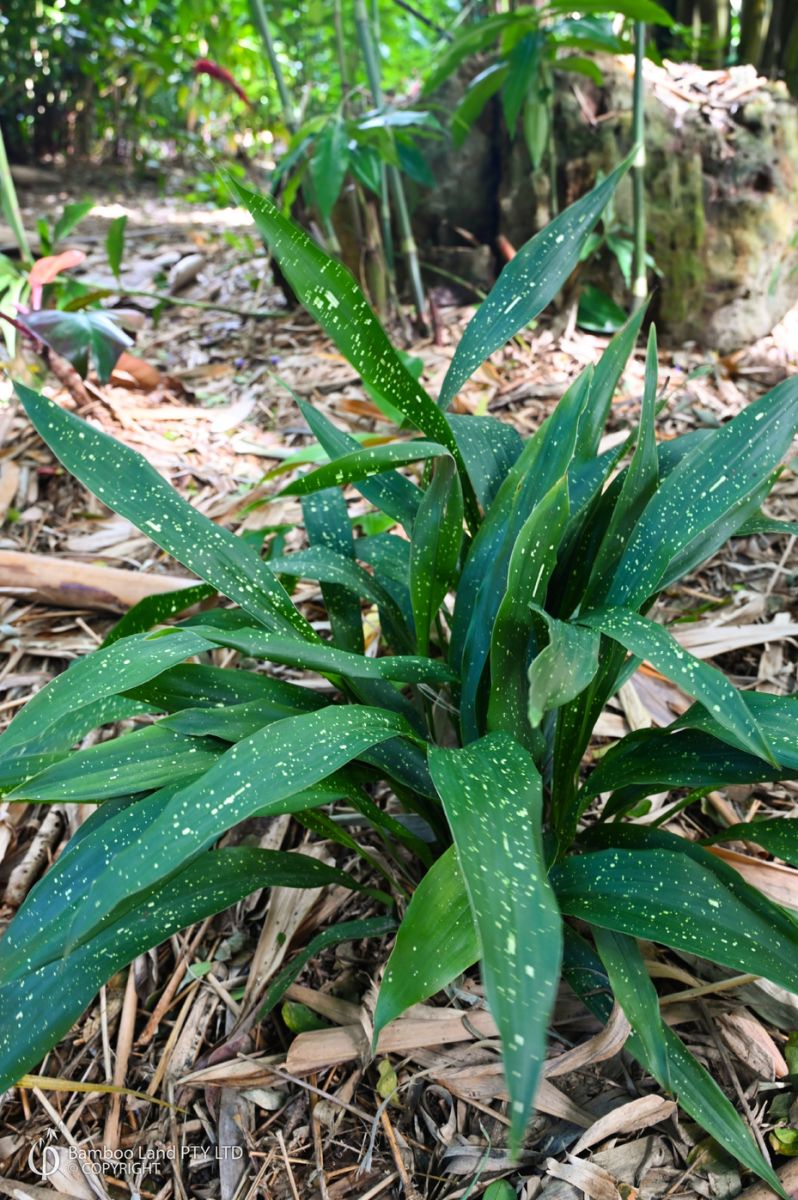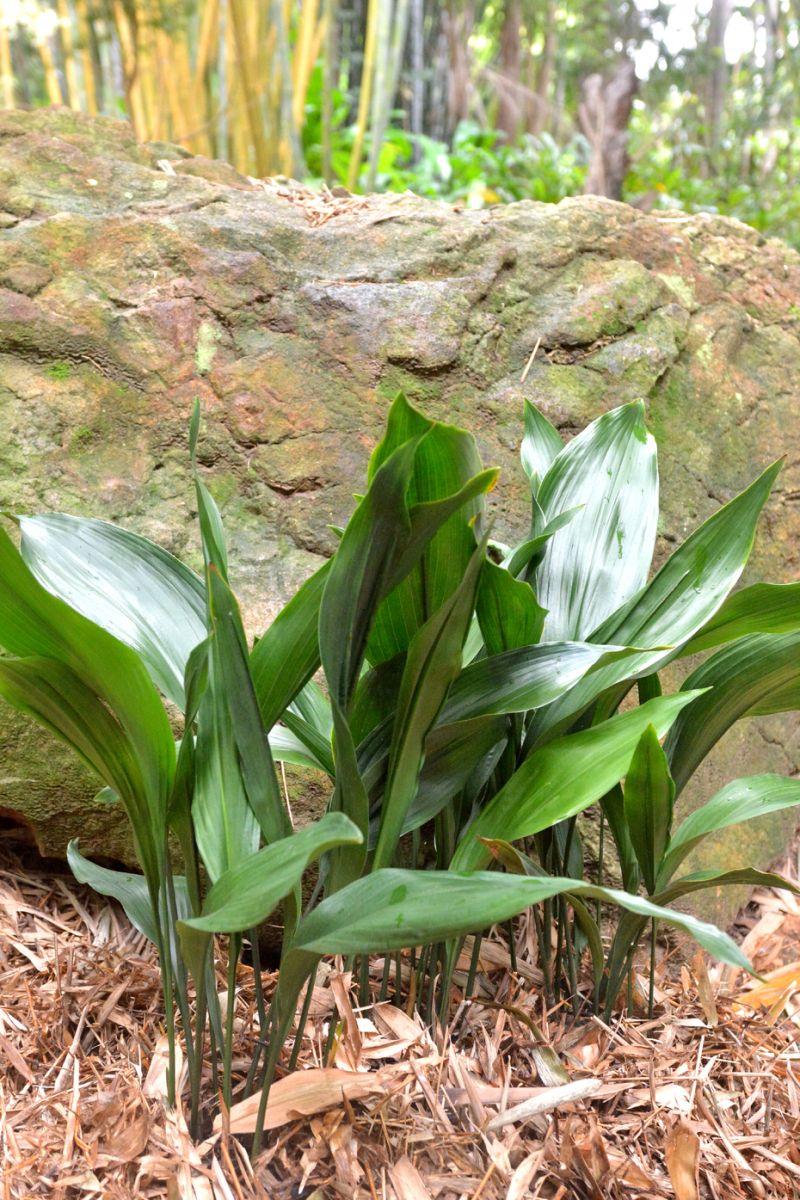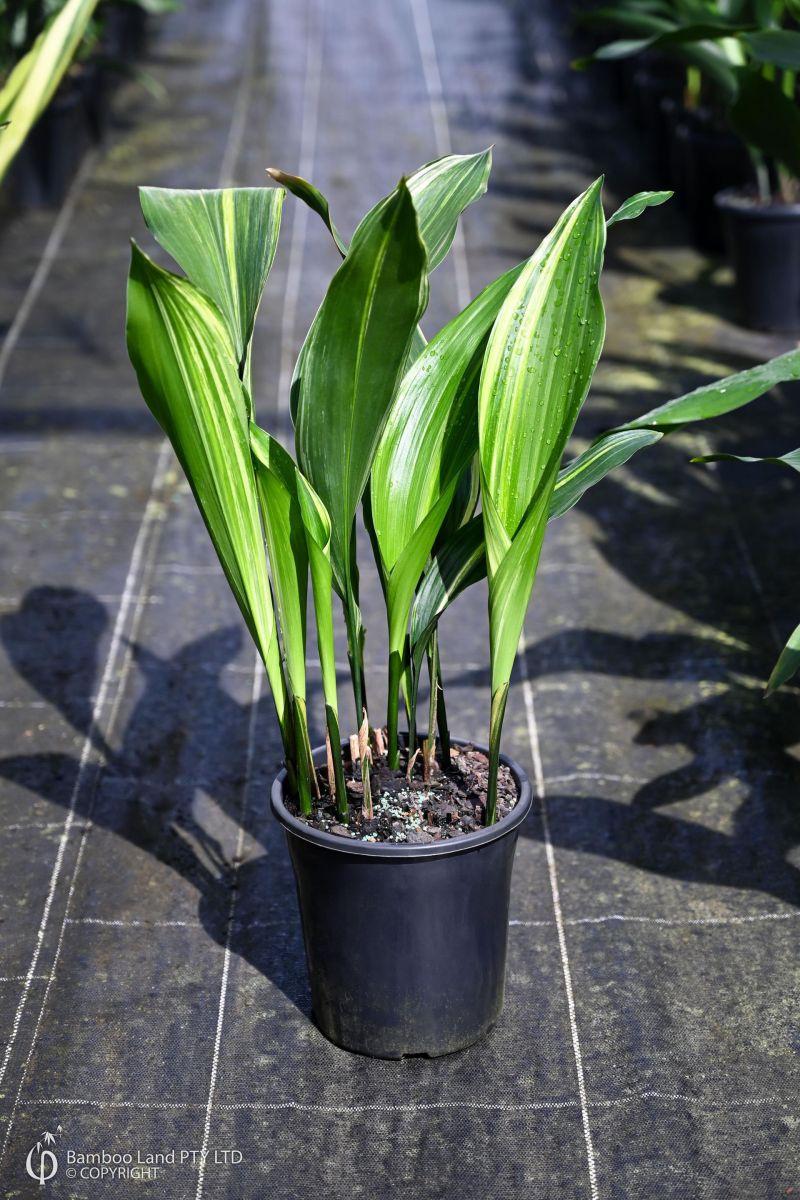From Shade to Style: The versitility of Aspidistra Elatior
Author: Marta Hackett Date Posted:30 October 2024
Old fashioned and in the corner? We think things are changing for this incredibly hardy plant nick named The Cast Iron Plant. In this blog, read about the great features of this plant including its non-toxic and low maintenance needs.
Remember the good ol’ Aspidistra? Quite possibly your indoor heirloom plant tucked in the corner which magically seemed to thrive on neglect. This plant is truly misunderstood as old fashioned, however we believe it's time for this hardy plant to make its long awaited comeback as an Aussie house plant favourite!
The reasons to love the Aspidistra elatior (Cast Iron Plant) are simply endless, it's as if this plant were designed as the exemplar house plant. Certainly the biggest and brightest feature is that it's totally non-toxic to children and pets. Not only that, it also purifies the toxins from the air and it seems to absolutely thrive on neglect. From the night sky dipped Milky Way, the lush deep green or even the vibrant variegated variety, there is an aesthetic appeal for everyone.
Just like the Zamioculcas zamiifolia (Zanzibar Gem) or the Philodendron 'Moonlight', the Cast Iron plant can survive in low light, little water and poor soil conditions, however unlike these plants, the Cast Iron is actually non-toxic! Which means these plants are completely safe to have around the house near your children and pets.
The Name:
Aspidistra stems from the Greek word aspis which means shield, and that seems to be quite fitting as this plant can shield itself from a plethora of harsh conditions from low light, filtering toxins, to relying on leftover beer from lazy bartenders as its water source in bars late at night. The Latin word elatior means “tall” which reflects the way the leaves shoot out from the earth with an upright unfurling pattern. The plant earned the common name “Cast Iron Plant” for its hardcore strength and ability to tolerate neglect. In the homes of our grandmothers and great grandmothers, this plant became a symbol for adaptability and strength through hardship.
Care tips:
The main thing to remember with this low-care plant is that it should be allowed the time to fully dry out before watering again. If you over water, the leaves will turn yellow. Overwatering this plant species causes the roots to disintegrate, leaving only the rhizome and then the rooting process has to start all over again. Once a month, use a damp cloth to wipe down the leaves to remove any dust. This plant has large leaves which it uses for photosynthesis, and since it loves the shade, it needs as much ability to transform the light as possible.
Native habitat:
Like a lot of our plants here at Bamboo Land, this plant is another gorgeous native from East Asia, specifically in China and Taiwan where the climate is hot and humid. Historically the plant has been used as an understory foliage filler in the garden and also as the perfect house plant but with the rise of green thumbs, more exotic plants have taken centre stage in the home.
With our ever growing, busy lives, the appeal of a low-care, non-toxic, air purifying plant seems to be an ideal plant companion. And just like we beleive this plant should be celebrated once again, without a doubt, there has been a significant resurgence recently as people rediscover the undeniable features of the plant.



